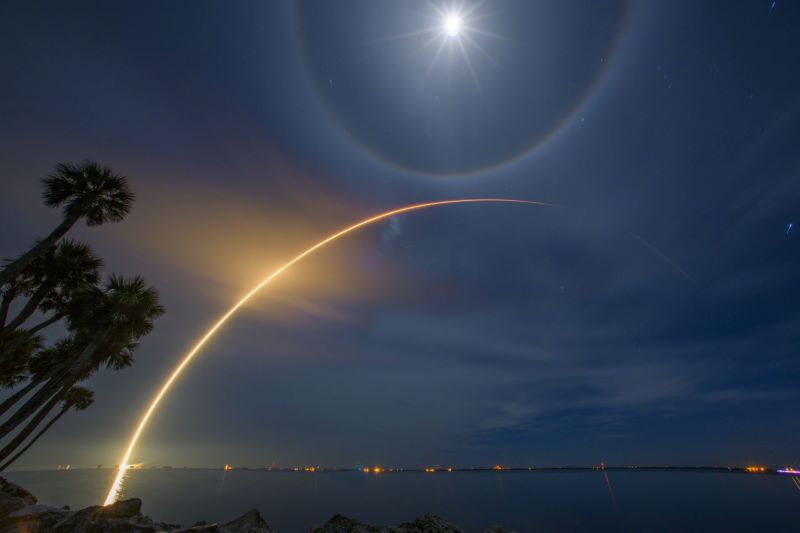
Head over to SpaceX’s X for replays of last month’s launches, and read more about them here.
The 2024 lunar calendars are here! Best Christmas gifts in the universe! Check ’em out here.
Successful Starlink launches in November 2023
Starlink Group 6-30: November 27, 2023, 11:20 p.m. EST (4:20 UTC November 28)
Falcon 9 Block 5 | Cape Canaveral Space Force Station, Florida | SUCCESS
Starlink Group 6-29: November 21, 2023, 10:47 p.m. EST (3:47 UTC November 22)
Falcon 9 Block 5 | Cape Canaveral Space Force Station, Florida | SUCCESS
Starlink Group 7-7: November 20, 2023, 2:30 a.m. PST (10:30 UTC)
Falcon 9 Block 5 | Vandenberg Space Force Base, California | SUCCESS
Starlink Group 6-28: November 18, 2023, 12:05 a.m. (5:05 UTC)
Falcon 9 Block 5 | Cape Canaveral Space Force Station, Florida | SUCCESS
Starlink Group 6-27: November 8, 2023, 12:05 a.m. EDT (4:05 UTC)
Falcon 9 Block 5 | Cape Canaveral Space Force Station, Florida | SUCCESS
Starlink Group 6-26: November 3, 2023, 8:37 p.m. EDT (0:37 UTC November 4)
Falcon 9 Block 5 | Cape Canaveral Space Force Station, Florida | SUCCESS
After launch, look for a train of lights
Following every Starlink launch, the internet buzzes with people asking:
What’s that long line of lights in the sky that looks like a train?
What you’re seeing is the Starlink satellites moving into a higher orbit. You can check to see if they will pass over your area using the Find Starlink website.
Growing numbers amid controversy
According to Wikipedia, as of November 2023, Starlink consists of over 5,000 mass-produced small satellites in low Earth orbit that communicate with designated ground transceivers. They provide internet access to more than 2 million subscribers.
Love ’em or hate ’em, these Starlink satellites are part of SpaceX’s vision for a global internet communication satellite constellation. They deliver high-speed internet service worldwide, mainly to locations where ground-based internet is unreliable, unavailable, or expensive. The private company is well-known for launching batches back-to-back, several times a month, regularly lofting 60 satellites at a time. And SpaceX plans to build up to perhaps as many as 30,000 eventually.
Most thought it was exciting to see the first few Starlink satellites traveling together in the night sky. But then more were launched, and then more. And astronomers began to worry.
Because Starlinks are bright, astronomers say they’re photobombing astronomical images. Therefore, they have the potential to interfere with the professional astronomical observations that have brought us our modern-day view of the cosmos. And although SpaceX has tried to address the issue, they remain far from what astronomers say is acceptable.
Bottom line: SpaceX successfully launched six batches of Starlink satellites in November. Learn more about the launches and Starlink here.
Read more from EarthSky: Starlink satellites can look like a plume or train of light











